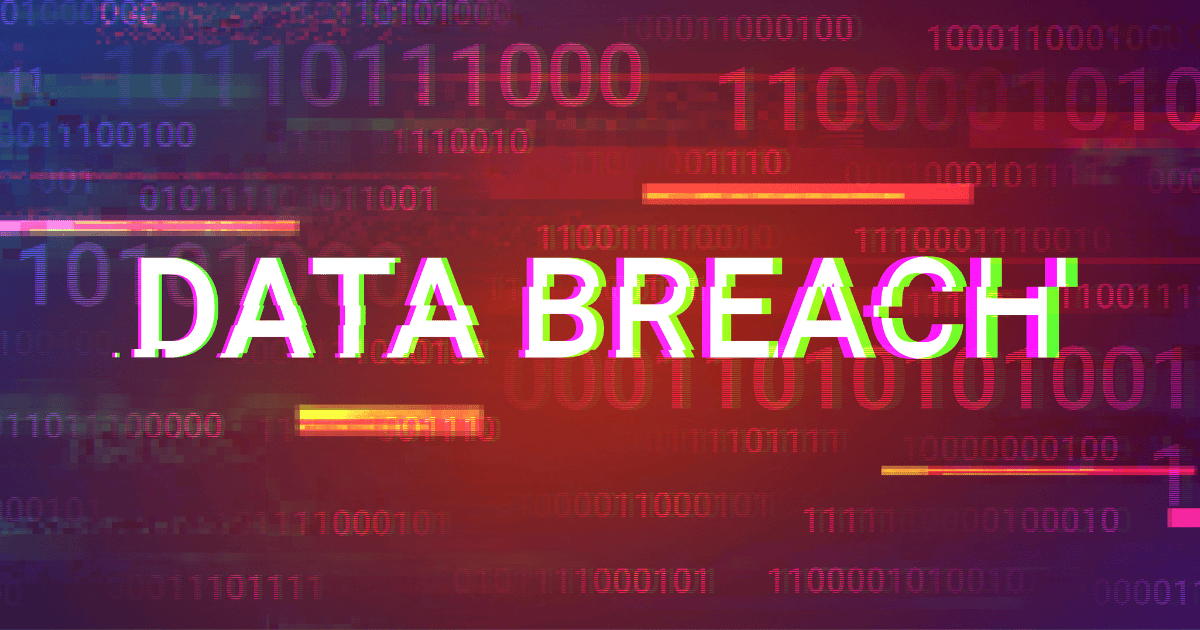In February 2024, the U.S. healthcare sector faced a record-breaking data breach when Change Healthcare was struck by a ransomware attack orchestrated by the ALPHV (BlackCat) hacking group. The scale of this breach was unprecedented, with sensitive information from approximately 100 million individuals exposed. The incident highlighted critical vulnerabilities within the healthcare system and sparked widespread concerns regarding patient data security and industry standards for data protection. As the healthcare industry grapples with the immediate and long-term consequences, it’s crucial to explore what happened, the data impacted, and how similar incidents might be prevented in the future.
Understanding the Change Healthcare Data Breach
- In February 2024, Change Healthcare, a major provider of healthcare technology solutions, fell victim to a ransomware attack by the ALPHV group. Known for its sophisticated methods, the ALPHV group accessed Change Healthcare’s systems by exploiting employee login credentials that were not protected by multifactor authentication (MFA).
- The breach affected around 100 million individuals, exposing personal and medical data, including names, addresses, Social Security numbers, and sensitive health insurance information.
- As the largest healthcare data breach recorded in U.S. history, the incident revealed significant security weaknesses and underscored the pressing need for reinforced cybersecurity measures within the healthcare sector.
Critical Information Exposed by the Breach
- The Change Healthcare breach exposed an array of sensitive data types, affecting approximately 100 million individuals.
- Personal Identifiers: Full names, dates of birth, and Social Security numbers were compromised.
- Health-Related Information: Health insurance details, policy numbers, and claim numbers were also exposed.
- Financial Data: Some records included sensitive financial information, such as billing codes and payment card numbers, which could increase the risk of identity theft and fraud.
- The breadth of information breached has left many individuals at risk, amplifying concerns over the potential misuse of this data.
Immediate Effects on Patients
- Patients directly impacted by the Change Healthcare breach are facing a series of immediate and ongoing repercussions. The breach has led to significant disruption in the following ways:
- Claims Processing and Billing: Many individuals have experienced delays in claim approvals and billing, which in turn has delayed access to medical treatments and procedures.
- Financial Anxiety: With Social Security numbers and payment information exposed, patients are now at a higher risk of identity theft, leading to widespread anxiety about the safety of their personal and financial information.
- Notifications sent to affected individuals in July 2024 advised close monitoring of credit and banking activity, as well as consideration of identity theft protection services to mitigate these immediate risks.
Ongoing Investigations and Response Measures
- Following the breach, the HHS Office for Civil Rights launched a comprehensive investigation to determine regulatory compliance and assess the security protocols that failed to prevent the attack.
- The initial investigation revealed a lack of multifactor authentication on the Citrix portal, a significant vulnerability that enabled unauthorized access.
- In addition to assessing compliance with privacy regulations, the investigation aims to establish new industry standards for security within healthcare.
- Internal Reviews by Change Healthcare: The company’s own investigation is nearing completion, and as affected individuals continue to receive notifications, Change Healthcare has pledged to enhance its cybersecurity framework.
- Legislative Implications: In light of this massive breach, discussions around potential legislative reforms are emerging. New cybersecurity requirements for healthcare organizations may soon become mandatory, focusing on improved incident response protocols and proactive security measures.
Long-Term Ramifications for Healthcare
- Beyond the immediate response, the breach could have significant long-term impacts on both Change Healthcare and the broader healthcare industry:
- Financial Losses and Settlements: Early estimates indicate the financial fallout could exceed $1 billion, encompassing potential legal fees, settlements, and recovery costs.
- Increased Regulatory Standards: Legislative and regulatory bodies are likely to push for new standards that enforce minimum security measures, including requirements for multifactor authentication and regular security audits.
- Cultural Shift in Healthcare: The incident may drive a cultural shift within healthcare organizations, emphasizing the prioritization of data security and patient privacy over convenience.
- The need for more stringent measures is expected to encourage a stronger focus on preventative security protocols, potentially reducing the likelihood of similar breaches in the future.
Essential Actions for Affected Individuals
- Individuals affected by the Change Healthcare breach should take several protective steps to minimize the risk of identity theft and unauthorized use of their information:
- Verify Healthcare Policies: Check for any unauthorized changes or discrepancies in healthcare accounts and policies, as breaches often lead to identity theft.
- Monitor Credit and Banking Accounts: Regularly review credit reports and bank statements for any suspicious activity, ensuring that any unauthorized actions are identified and addressed quickly.
- Freeze Credit: Consider freezing your credit with major credit bureaus to prevent new accounts from being opened in your name without consent.
- Identity Theft Protection: Enrollment in identity theft protection services can provide monitoring, alerts, and recovery assistance, offering peace of mind and an additional layer of protection.
Strengthening Healthcare Security: Recommendations for the Industry
- To address and prevent data breaches like the Change Healthcare incident, healthcare organizations must adopt stronger security measures:
- Implement Multifactor Authentication (MFA): This simple but critical security measure can significantly reduce unauthorized access risks, particularly in systems where sensitive patient data is stored.
- Continuous Employee Training: Regular cybersecurity training for staff is essential, as it raises awareness and prepares employees to recognize phishing attempts and other security threats.
- Routine Security Audits: Conducting regular security audits allows healthcare providers to identify vulnerabilities in their systems and address them before they can be exploited.
- Proactive Incident Response Planning: Establishing and practicing a comprehensive incident response plan can help organizations respond to and mitigate damage quickly in the event of a breach.
- These recommendations aim to provide healthcare organizations with a robust framework for enhancing cybersecurity, ultimately protecting patient data more effectively.
Final Thoughts
The Change Healthcare data breach serves as a powerful wake-up call for the healthcare industry, illustrating the far-reaching consequences of insufficient security measures. As healthcare organizations work to enhance their defenses, this incident underscores the importance of adopting a proactive approach to data protection, one that includes multifactor authentication, employee training, and continuous security audits. For patients and healthcare providers alike, the path forward will require both increased vigilance and a commitment to safeguarding sensitive information against future threats.






